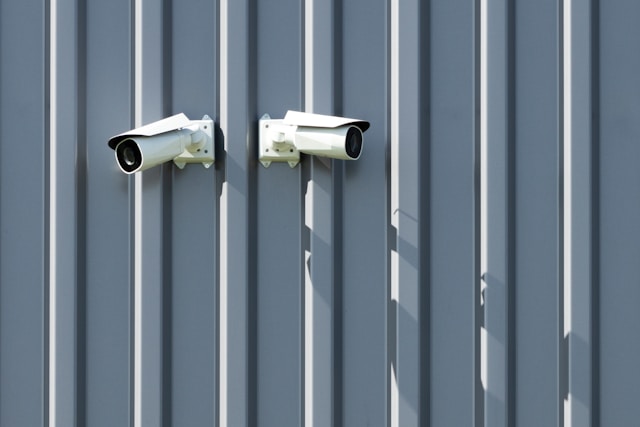A clear way to store video makes using cameras easier and keeps important moments safe for review. Choosing between cloud and local storage involves thinking about access speed, cost, and control over recordings. Reliable storage helps in handling busy days without losing data. Smart storage choices support smooth monitoring and quick playback when records are needed. Simple guidance on options, costs, privacy, and upkeep helps pick the right approach for each camera setup and leads to a system that works well every time.
Access and Convenience of Stored Video
Cloud storage sends video clips to online servers so anyone can watch footage from a phone, tablet, or computer. Remote teams in different locations can view video without needing to return to the security camera system. Local storage saves clips on devices such as network video recorders or memory cards attached to cameras and keeps files close by for quick reviews on a nearby computer or monitor. Immediate access without relying on an internet link helps handle urgent checks if connections slow down. Continuous recording saves every moment and automatically deletes the oldest footage when storage runs low. Easy playback tools make it simple to scroll through past events quickly. A setup that includes both local viewing and remote cloud access can give users fast and convenient access to their recordings.
Comparing Costs and Scalability
Initial costs for local storage systems involve buying hardware like recorders, hard drives, and backup drives, and installation work to set up cabling and devices on site. Expansion adds costs for extra drives and recorders, and older hardware may need replacement over time. Cloud storage costs are spread out into subscription fees that cover server space, bandwidth, and server maintenance, and plans can scale up by adding more storage online instantly. Subscription models help predict monthly or yearly spending without large upfront payments, and simple plans let users pick storage lengths that match how long clips need to stay available. Mixing local and cloud storage can reduce expenses by keeping recent files on local drives and older footage online. Comparisons in terms of costs make it easy to select an ideal equilibrium of budgets and scale objectives.
Protecting Privacy and Data Security
Video files are stored locally within the network of a property, and passwords are set up strongly as a mechanism to limit access to only the authorized devices. Encryption tools can lock video files on recorders to prevent tampering and protect private footage during storage. Cloud storage keeps files in safe data centers with specialized security teams and numerous backups, and encrypts video before uploading. Online accounts are further protected by two step login procedures. Data is protected from unwanted access via easy security upgrades for recorders and frequent password changes for cloud gateways. Clear audit records are kept for every access and privacy options regulate who may watch or download video. Control is maintained and the chance of data loss or breaches is decreased by combining secure cloud backups with encrypted local storage.
Managing Video Retention and Retrieval
The retention policies determine the duration of video on local drives or the cloud before it gets automatically deleted to save space. Most local storage systems may have software, to enable the user to limit retention periods based on file age, or storage volume limitations. Scheduled automatic deletion of older recordings keeps local drives healthy and removes clutter without manual effort. Cloud storage plans include simple settings to choose retention length in days, weeks, or months, and automatic archiving keeps older files accessible with a few clicks. Search tools built into storage platforms index recordings by date, camera, or event type and let anyone find specific clips fast. Export functions save important recordings as separate files for sharing or long-term archives. Clear retention and retrieval features help keep systems organized and reduce manual work.
Ensuring Maintenance and Reliability
Local storage systems need capacities to be checked physically to ensure that there is no error on hard drives and recorders remain powered up and connected. Regular firmware updates for recorders and cameras keep software features compatible and improve performance over time. Cloud storage services perform server maintenance behind the scenes and update infrastructure without user involvement, and status dashboards report any service issues or planned downtime. Monitoring tools alert users about low storage space, connection errors, or device malfunctions so fixes can happen quickly. Backup routines copy local recordings to secondary drives or cloud folders to prevent data loss if primary devices fail. Simple monitoring apps send notifications about storage health and status so any issue can be addressed before it affects recording quality.
Conclusion
Choosing between cloud and local storage focuses on balancing cost, access speed, security, and upkeep to create a reliable video system. Clear comparisons of online subscriptions and on-site hardware costs help set up a plan that grows with any need. Strong privacy measures and retention settings keep footage safe and organized for easy review. You can also enhance your setup by selecting trusted non-Chinese security cameras that align with high security and reliability standards. Regular maintenance and updates ensure cameras and recorders stay functional and secure. A well-chosen storage approach supports smooth monitoring, quick playback, and steady protection of all recorded moments.

